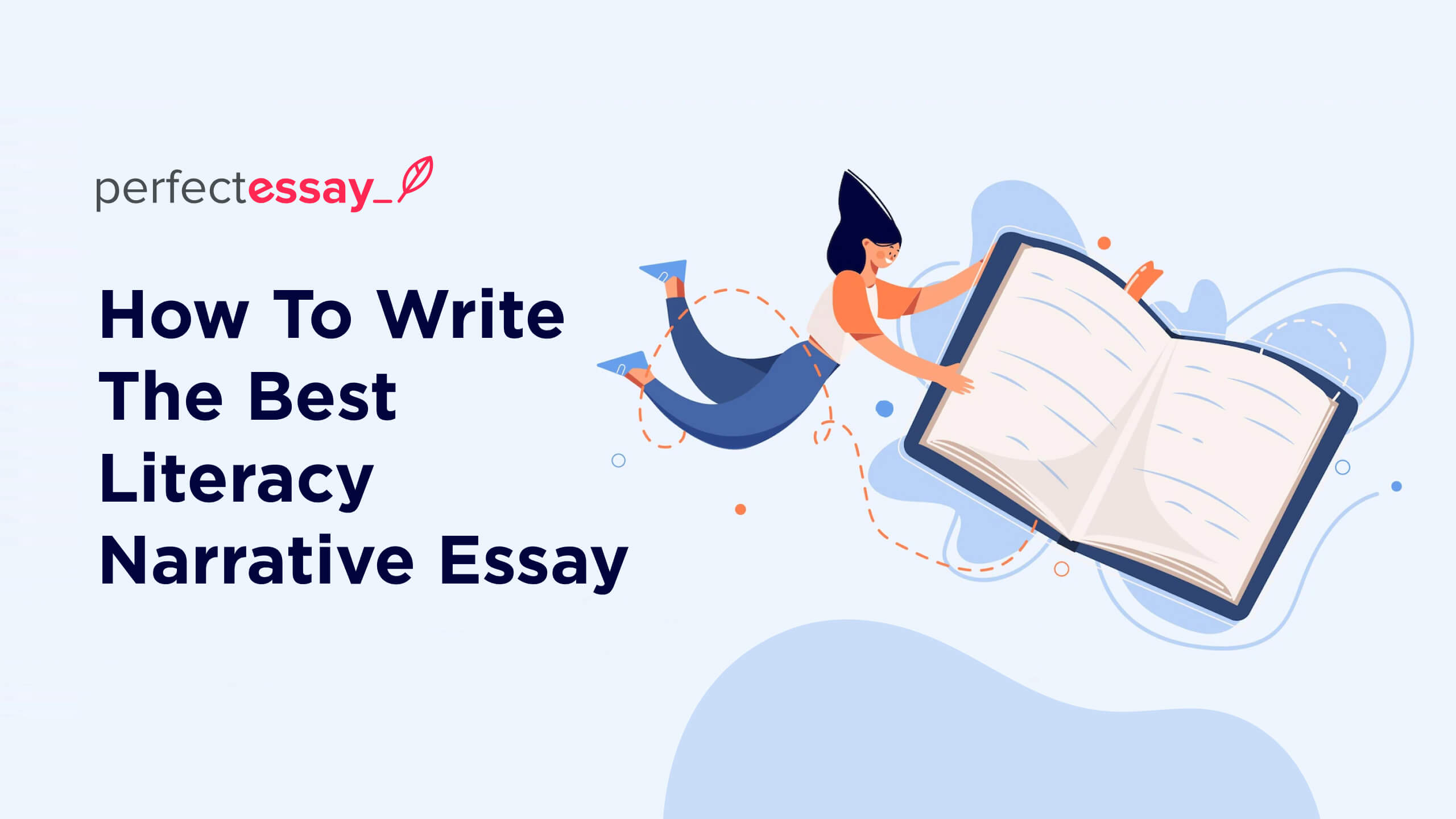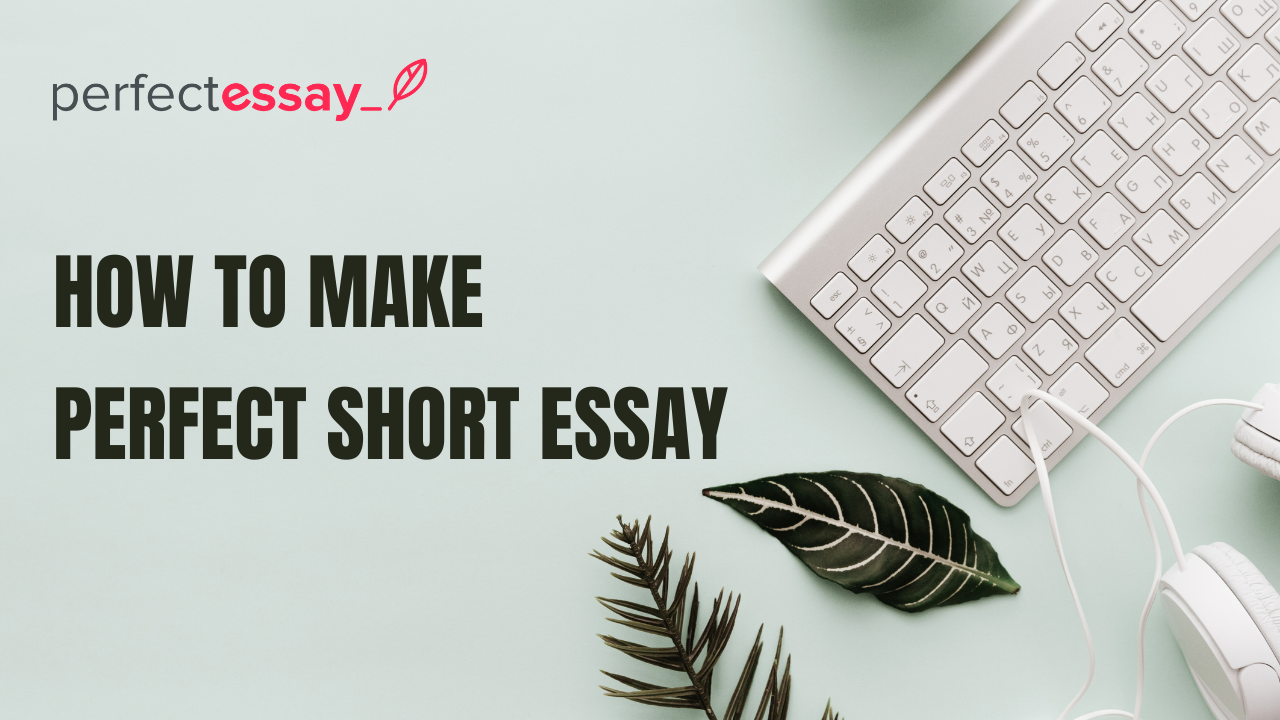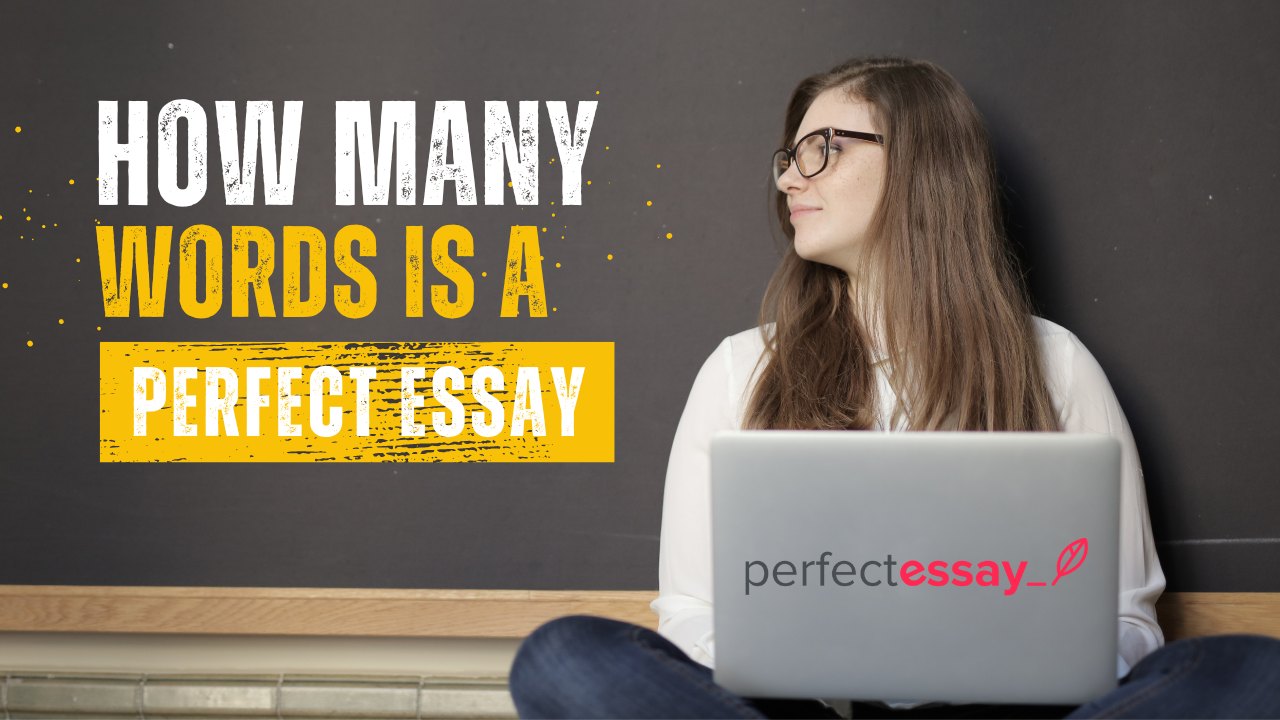Table of Contents
Reading and writing have always been at the back of learning and gaining new skills. In schools and colleges, the tradition of teaching and then assigning tasks to students to write on the topic from different angles is still going strong.
Much of academic writing, due to its needs and focus, is devoid of emotions and sentiments. Whether it is a thesis, a term paper, or a dissertation, it gets to the brass tacks and ensures that the personal footprints of the writers are minimal.
However, essay writing, from argumentative to narrative and literacy, allows writers to showcase their stances and emotions. For the latter two types of essay writing, it takes subjectivity and personal experience to compose a riveting narrative.
Literacy Narrative Essay 101
Many students confuse literacy narrative writing with some other forms of writing. In reality, it is not very hard to differentiate from others. In a nutshell, the literacy narrative essay explores the journey of the writer from the time when he had little to no passion for writing and learning and then the incident of fire kindling and setting him out on a path.
Much like narrative essays, a writer needs to rely on his memories and emotions to highlight the first realization of the need to do more or learn the language or words. People from other cultures often face a change and have a better understanding of the start and continuation of that journey, such as immigrating from another country and learning a new language to study and work.
Many times, this changes into a passion and they become professional writers and storytellers while relying on their struggles and the lessons learned from them.
Literacy Essay Evokes Deeper Memories
A narrative essay relies on memories and personal experiences from the past to weave a compelling narrative and come up with parallels that readers can relate to.
Whereas a literacy narrative essay highlights different steps and struggles that a person faced while learning the language and its intricacies. Compared to narrative essay writing, literacy narrative writing evokes deeper memories and connects readers with the time and space of the journey.
That’s why writing a literacy narrative essay is much harder than writing a narrative essay because it is much more personal and deeper whereas a narrative essay can be based on fictional ideas and topics.
Phases In Standard Literacy Narrative Essay
To write better literacy narrative essays, it is necessary to understand the key phases surrounding the whole journey.
The Conflict
The conflict is the disruption of the status quo. It is about the protagonist meeting with the force that changes the course of events for the protagonist and the things and people related to him. This is a defining thing in a story so it must be pronounced and highlighted for the readers to see and understand.
The Drive To rising
When the protagonist is met with a conflict, he needs to rise to the occasion by embracing the challenge. Because deep inside, he has the drive and motivation to be better than the current situation. This drive covers the plot, setting, and other characters in the narrative, including the antagonist. This takes the biggest chunk of the essay in terms of word count.
The Resolution
After the conflict and the drive, it is imminent that the resolution will come along. This is highlighted in the conclusion part because it has a direct influence on the outcomes of the story. In every literacy narrative essay, the resolution is necessary because the happy ending justifies the whole narrative. It should be crisp and cover all the bases, irrespective of importance and appearance.
The Reflections
Reflections or moral lessons learned from the narrative essay encompass the final phase. Since the rationale behind writing an essay is to entertain the readers and help them connect with the reader and his struggle, reflection needs to be there, either explicit or subtle. In most cases, readers go through these at the end of the essay.
Narrative Essay Vs. Literacy Essay
Narrative essays and literacy essays have many things in common but they also differ in many aspects.
A narrative essay is based on any personal incident or experience that the writer might have faced in the past that changed the succeeding course of action. It is often defined as a conflict or a change in the status quo resulting in deeper internal and external changes for the protagonist.
On the other hand, the subject or theme of a literacy narrative essay is always defined as it is about highlighting the steps and chalking out the whole journey of realizing the need to learn the language or any other craft for both personal and social needs.
Narrative essays are more favored by instructors and teachers in schools and colleges because they can explore broad themes and characters.
A Simple Guide To Writing A Literacy Narrative Essay
Writing a good literacy narrative essay requires planning and then following the plan to the core. This section is dedicated to the steps involved in writing a good essay.
Researching And Outlining
Even though it is about the personal journey or struggle of the writer, an essay requires research. It is best to start with reading and learning from other literary giants and then progress from there. When necessary study and collection of data are done, outlining can pave the way for the writers to move further quickly.
Keep in mind that the outline does not need to be rigid and should be flexible to accommodate new ideas and angles.
Many writers believe that outlining is the death of creativity which is far from the truth, especially when writers struggle with block.
Getting First Draft Done
The first draft does not need to be perfect, all it needs to do is exist. When the research and outlining are done, students should not waste time on procrastination and start writing down the essay.
It will come out rusty and full of errors and inconsistencies which should be expected.
The whole point of writing in the burst is to get down all the details that can be lost in the oblivion of the mind. Also, first drafts pave the way for further improvements and refinements, so there is no need to worry at all.
Proofreading And Editing
Once the first draft is done, it is best to take some time off, especially when you can afford it, and let the manuscript rest. Then, approach the draft in a new way and try to read it as a first-time reader.
From grammatical errors to contextual inconsistencies, everything should be covered and addressed in this phase.
Students can also rely on online tools and software such as Grammarly and Hemingway Editor to tighten their sentences and paragraphs. In the end, the finished product should fetch good scores.
Finishing The Final Draft
After going through the errors and inconsistencies in the proofreading and editing session, it is necessary to connect the dots in the draft and get it better and more cohesive.
The most common types of errors in literacy narrative essays that students exhibit include poor bridging and connection between different sections and paragraphs.
Other than that, using pertinent words and phrases at the right times and situations can further improve the overall quality of writing. That’s why students should be conscious of every aspect of the essay.
Some Ideas To Get Started On Your Literacy Narrative Essay
It is perfectly normal for students to get stuck with their half-baked ideas when assigned to write a literacy narrative essay. There could be several factors behind the bottleneck, including lack of training as well as poor to no grip on different elements of the essay.
To address that deficiency, we have dedicated this section to providing some ideas and starters to the writers.
Finding Deeper Meanings In Struggle
What makes a narrative compelling for readers and instructors is its ability to represent something grander than what it seems. When a person struggles to learn a skill, to connect with other human beings in society, the struggle changes more than its direct outcome.
In the conclusion, writers should reflect on the deeper meanings behind hardships and heartbreaks that can help readers connect with the protagonist.
Connecting Characters With Conflicts
When it comes to narrative, it has a clear change in setting, moving from the original setting where everything was alright to the disruption that prompts a change in both the protagonist and his journey.
Without a conflict, either internal or external or both, a narrative falls flat and loses its essence. That’s why students should find ways to connect characters from their essays to conflicts for a personal journey.
Passion Makes Things Different
Passion is the ultimate driving force behind literacy essays. In the case of an immigrant who left his home and friends to move to a new country, it is necessary to be passionate and learn the language or craft by investing all energy.
It is, by no means, a given that passion makes things easier because there are hurdles that are often borne out of personal decisions. But they make the essay worth reading.
F.A.Q
What is the best way to start a literacy narrative essay?
A literacy narrative should start with a need and a hook that can set both the readers and the protagonist on their path. Even though there is no standard way to commence a literacy narrative essay, the best practices from other types of essays can pay dividends.
What areas can I cover in my literacy essay?
There is no limit to the areas that your literacy essay can cover. You can reflect on your hardships and struggles while learning to read and write in a new language. You can also emphasize the social and societal hurdles along the journey.
Is there always a journey in a literacy essay?
Since a literacy essay revolves around a protagonist that recalls his journey of learning and honing a language or a craft, there is always an element of “before” and “after” that can be compared with a journey.
How much is the power of narrative in a literacy essay?
The narrative is the beating heart of a story. It has the power to make people care and relate to the characters in the story. If a writer is good enough, the readers can see themselves in the essay going through all of those changes.
What is the best way to analyze a literacy narrative?
Here are some bases that you must cover in a literacy narrative essay analysis:
- Checking that the conflict is pronounced and decisive
- The element of external and internal change
- The resolution or the conclusion of the essay
Does a literacy narrative essay follow a rigid structure?
A literacy narrative essay is just like any other essay when it comes to its structure and formatting. Of course, its contents differ on several accounts but it follows the same three-part structure, starting with an opening, describing the changes through the main body, and then closing with a reflective conclusion.
Final Thoughts
A literacy narrative essay is a great tool for novice writers to recall memories and base a riveting narrative on it to chalk out the different steps of their paths. It shares many properties with narrative essays but differs in the subject matter.
Writing a literacy narrative essay is easy but writing a good one is hard. In this guide, we have shared the parameters that make a literacy narrative essay great along with handy tips on how to improve further.
For students in schools and colleges, this resource will serve as the central point to learning the craft and securing first class in essay writing classes.
Free Features For You




